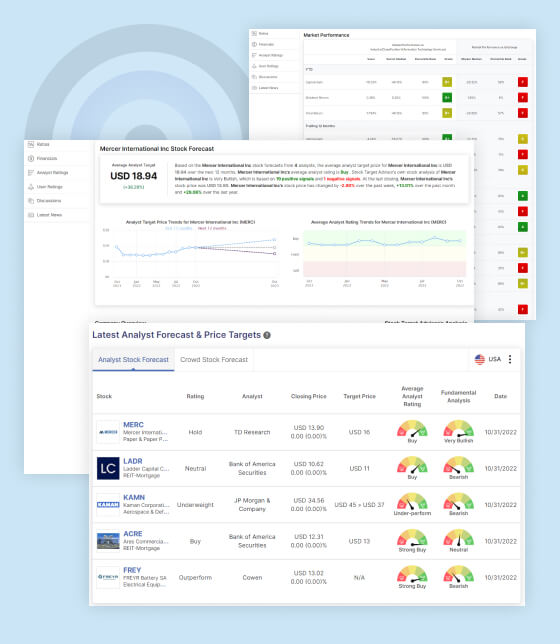Cisco Systems Inc (CSCO)
Cisco Systems Inc (CSCO) is a global leader in networking hardware, software, and telecommunications equipment. Recently, Jefferies (Analyst Rank#22) raised their price target for Cisco to $66, up from a previous target of $53, following the company’s strong performance in its first-quarter results. This upward revision reflects the market’s positive response to Cisco’s financial performance, particularly in areas such as revenue growth, earnings, and overall business outlook.
Analyst Consensus and Price Target:
- According to the stock forecast from 13 analysts, the average target price for Cisco over the next 12 months is $62.88. This suggests that analysts are generally optimistic about Cisco’s performance in the short to medium term.
- Cisco’s average analyst rating is a Buy, indicating a consensus belief that the stock is a solid investment for growth in the coming months. The “Buy” rating suggests analysts expect the company to outperform the broader market or its sector, which is further corroborated by the recent positive performance and price target increase.
Stock Performance:
- At the last closing, Cisco’s stock price stood at $59.18. The stock has experienced a +2.26% increase over the past week, suggesting some short-term momentum.
- Over the past month, Cisco’s stock has risen by +9.09%, indicating solid gains in the recent trading environment, possibly driven by the strong quarterly performance and the raised analyst expectations.
- Over the past year, Cisco has seen a notable gain of +13.31%. This year-over-year performance highlights the company’s resilience and its ability to deliver growth amid a changing economic landscape.
Fundamental Analysis:
Stock Target Advisor’s analysis of Cisco Systems Inc is Slightly Bullish, based on a mix of 8 positive signals and 5 negative signals. This indicates that while the overall outlook for the stock is favorable, there may be some concerns or risks to monitor in the future.
8 Positive Fundamentals/Signals
Outlook and Key Factors to Watch:
Financial Performance: Cisco’s first-quarter results likely exceeded analyst expectations, driving the upward revision in target price. Investors should continue to monitor upcoming earnings reports to see if the growth trajectory holds up.
Cisco’s stock has shown strong growth, with a solid outlook supported by a Buy consensus from analysts and a slightly bullish sentiment from Stock Target Advisor. The recent price target increase to $66 reflects the positive sentiment following strong earnings, while the current price of $59.18 provides an upside potential of roughly +12% based on Jefferies’ revised target.
Investors looking for exposure to the tech sector, especially in the networking space, may find Cisco an attractive stock to consider, though they should remain mindful of the potential risks and monitor any changes in the broader economic and competitive landscape.

STA Research (StockTargetAdvisor.com) is a independent Investment Research company that specializes in stock forecasting and analysis with integrated AI, based on our platform stocktargetadvisor.com, EST 2007.





























